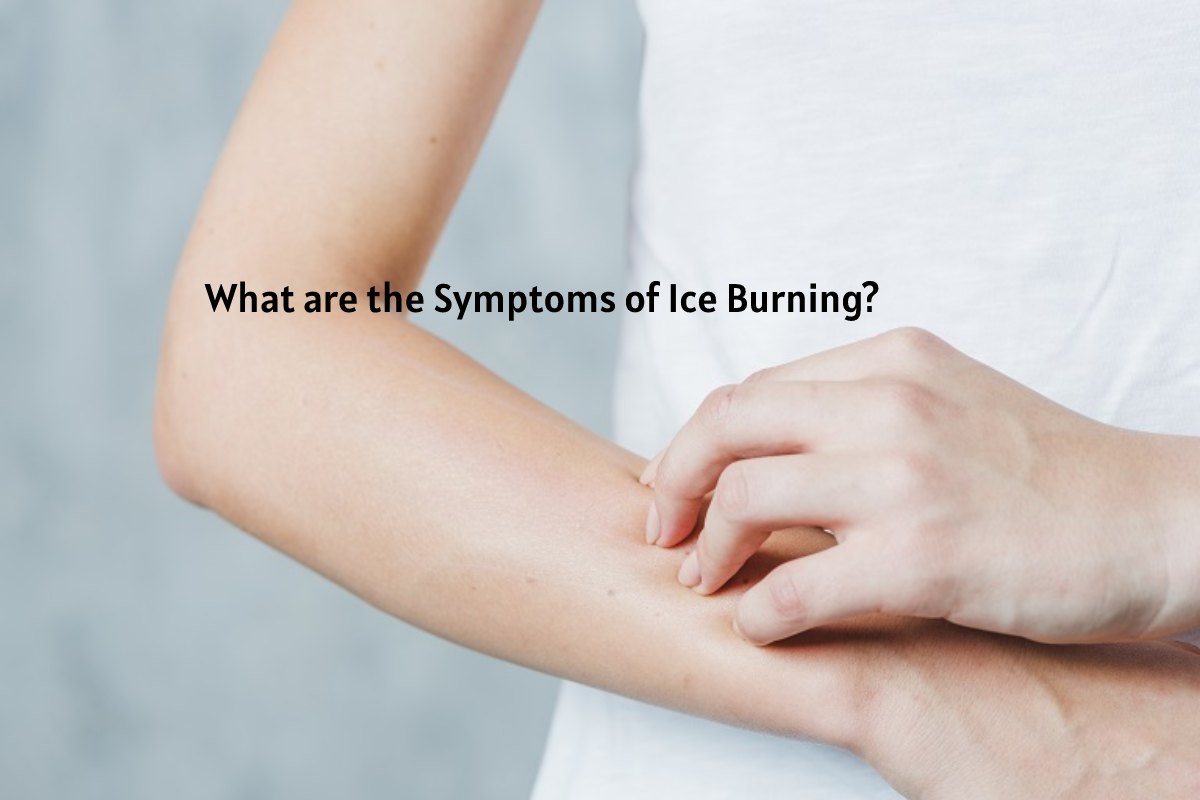Table of Contents
Introduction
When the Ice burning, the water freezes in the skin cells, forming sharp ice crystals that damage its structure, and then the blood vessels near the skin contract, reducing blood flow to the affected areas causing further damage.
Ice burning, like other types of burns, causes a change in the colour of the skin affected, for example, in light red, white or yellowish-grey colour, and other symptoms include:
Numbness.
Itching.
I am feeling lightly tingled.
Pain.
Pimples.
Unusual hard or waxy skin.
What Causes Ice Burning?
Ice burning occurs when ice, wind, storm surge or an icy substance directly touches the skin for an extended period and can cause ice, cold compresses used to treat muscle inflammation or even burns when applied firmly to naked skin.
What Are The Risk Factors?
The risk of ice burning increases when staying long in cold weather or with gale-force winds without wearing the right clothes for these conditions, in addition to the lifestyle and diseases affecting blood vessels and others that impair the transfer of sensations increase the risk of ice burns in:
Smoking.
Take medications that reduce blood flow to the skin as beta-blockers.
People with diabetes and peripheral blood vessels.
Peripheral neuropathy patients due to delayed detection of infection.
Young children and the elderly due to thinning of their skin.
How Does Burning Ice Diagnose?
The cold source should be removed immediately when suspected, the skin is gradually warmed, and medical assistance is sought when confronted with one of these conditions:
Skin pallor or bleaching and no return of natural appearance when heated.
Cold skin and hardness.
The skin feels numb and does not respond to heat or tingling.
The appearance of pimples and their spread over a large skin area.
The colour of the burn has changed.
Fever and burn inflammation leading to pus.
These symptoms may indicate severe tissue damage requiring immediate treatment and the appropriate treatment plan after your doctor has examined the affected area, such as antibiotic prescribing, damaged tissue preparation or other options.
How Does It Treat Ice Burning?
After removing the cold source, the skin should be slowly warmed to return it to average temperature by:
Immerse the affected area in lukewarm water for 30 minutes with a temperature of 104-108 degrees
Fahrenheit or 40-42.2 degrees celsius. And repeat this process if necessary with a 20-minute break after each, in addition, can be placed compresses or warm lids and avoid exposure to high temperatures, making it worse.
When you have open ulcers or wounds, the area should be cleaned and dressed to avoid contamination with germs, which may help use gauze without sticking to burning, apply a soothing ointment to it, and take painkillers to relieve pain.
Aloe vera or any other local gel can be used to relieve discomfort as the skin begins to improve and recover.
How Does Burning Ice Heal?
It takes a few days or even weeks to heal, depending on the severity of the ice. A scar may cure it, or in rare cases, your doctor may have to remove damaged tissue surgically. And fortunately, complete recovery occurs in most cases.
It is preferable to recover quickly to keep the affected area away from the ice, covered and well heated.
How Do You Protect Yourself From Burning Ice?
Ice-burning prevention is recommended to protect the skin from low heat sources by cloth. Such as wrapping objects in cloth before placing them directly on the skin.
And frozen vegetables and placing them in an insulating bag instead of a bag that reduces the risk of ice burning.
Therefore, wearing clothes suitable for cold weather to protect yourself from cold storm winds is essential.

